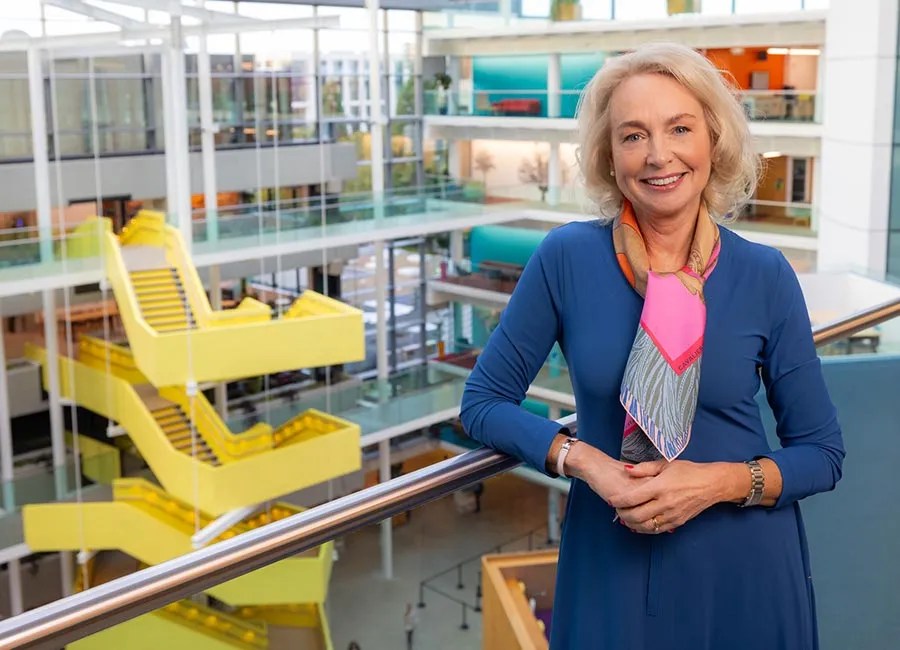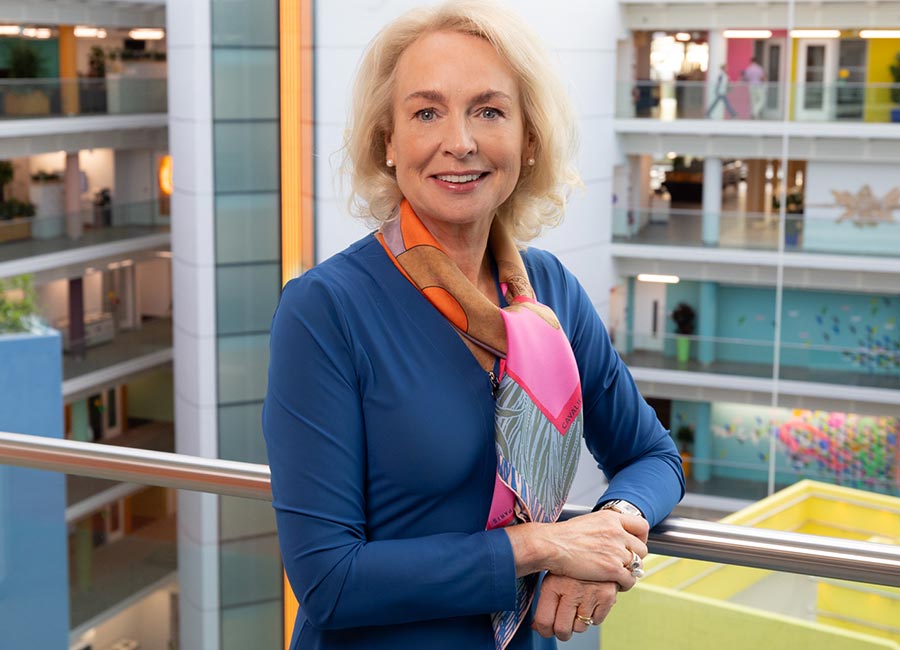Chamila Nilanthi is tired of all the waiting. The 47-year-old mother of two spent three days lining up to get kerosene in the Sri Lankan town of Gampaha, northeast of the capital, Colombo. Two weeks earlier she spent three days in a queue for cooking gas, and came home with none.
“I am totally fed up, exhausted,” she said. “I don’t know how long we have to do this.”
A few years ago Sri Lanka’s economy was growing strongly enough to provide jobs and financial security for most. It's now in a state of collapse, dependent on aid from India and other countries as its leaders desperately try to negotiate a bailout with the International Monetary Fund.
The collapse has led to political turmoil and protests, and on Saturday demonstrators stormed the residences of both president Gotabaya Rajapaksa and prime minister Ranil Wickremesinghe.
The speaker of parliament later said Rajapaksa had agreed to resign next week, and Wickremesinghe said he too would step down once a new government is formed.
What’s happening in this South Asian island nation of 22 million is worse than the usual financial crises seen in the developing world: It's a complete economic breakdown that has left people struggling to buy food, fuel and other necessities and resulted in unrest and violence.
Such disasters are more commonly seen in poorer countries, in sub-Saharan Africa or in war-torn Afghanistan. In middle-income countries such as Sri Lanka, they are rarer but not unheard of: 6 million Venezuelans have fled their oil-rich country to escape a seemingly unending political crisis that has devastated the economy.
Economic mismangement
Sri Lanka’s crisis is largely the result of staggering economic mismanagement combined with fallout from the pandemic, which along with 2019 terrorism attacks devastated its important tourism industry. The coronavirus crisis also disrupted the flow of remittances from Sri Lankans working abroad.
The government took on big debts and slashed taxes in 2019, depleting the treasury just as Covid-19 hit. Foreign exchange reserves plummeted, leaving Sri Lanka unable to pay for imports or defend its beleaguered currency, the rupee.
Ordinary Sri Lankans are paying the price. They wait for days for cooking gas and petrol in lines that can extend more than wo kilometres. Sometimes, like Chamila Nilanthi, they go home with nothing.
The government has closed urban schools and some universities and is giving civil servants every Friday off for three months to conserve fuel and allow them time to grow their own fruit and vegetables.
Food price inflation is running at 57%, according to government data, and 70% of Sri Lankan households surveyed by UNICEF last month reported cutting back on food consumption. Many families rely on government rice handouts and donations from charities and generous individuals.
Unable to find cooking gas, many Sri Lankans are turning to kerosene stoves or cooking over open fires.
Affluent families can use electric induction ovens for cooking, unless the power is out. But most Sri Lankans can’t afford those stoves or higher electric bills.
Sri Lankans furious over fuel shortages have staged protests, blocked roads and confronted police. Fights have broken out when some try to jump ahead in fuel lines. Police have attacked unruly crowds.
The crisis is a crushing blow to Sri Lanka’s middle class, estimated to account for 15% to 20% of the country’s urban population. Until it all came apart, they enjoyed financial security and increasing standards of living.
Although they live in a democracy, many Sri Lankans blame the politically dominant Rajapaksa family for the disaster.
Prominent Rajapaksas have resigned - former prime minister Mahinda Rajapaksa and Basil Rajapaksa, who was finance minister. Protesters demanding that president Rajapaksa also step down have camped outside his office in Colombo for more than two months.
The president's decision to resign came amid the biggest day of demonstrations in the country.
+ Additional reporting: AP
Photo: In Galle, Sri Lanka, people leave out their gas canisters in an overnight queue. (Pic: AP Photo/Eranga Jayawardena)








